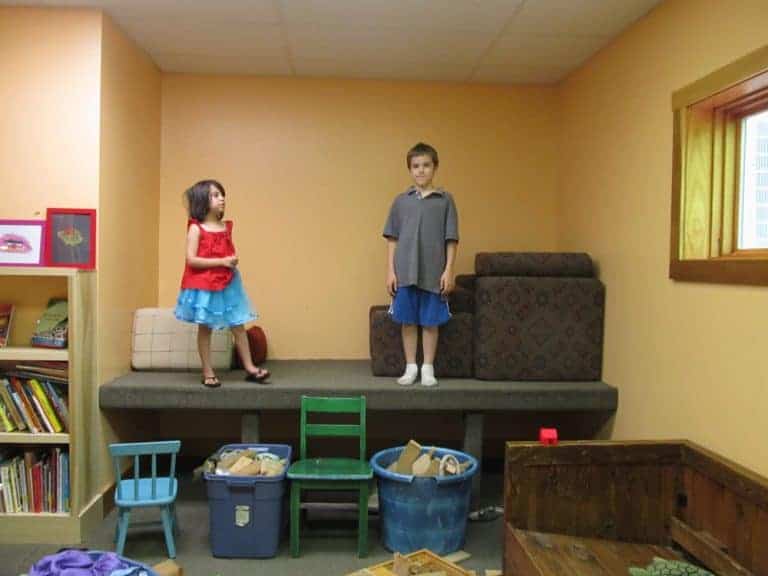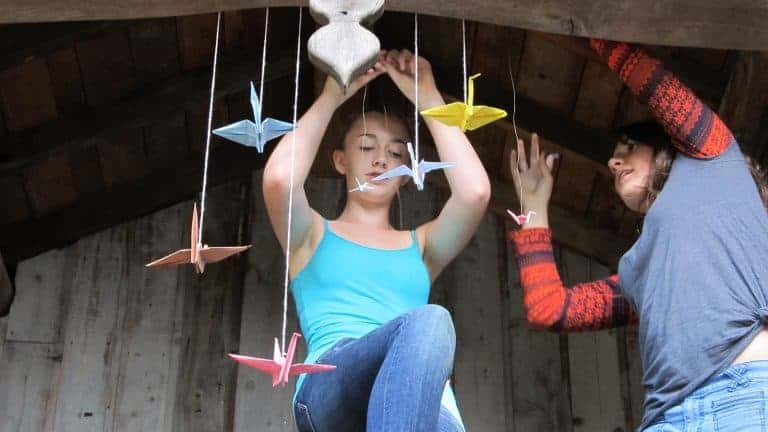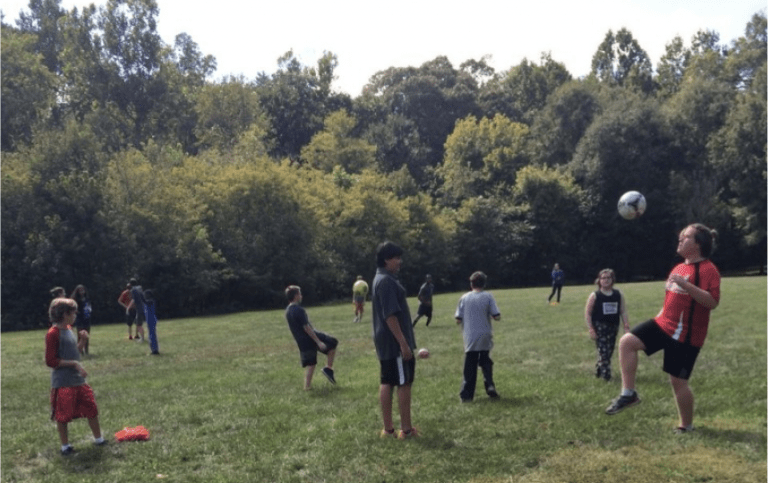The Play's The Thing
Like any good theater project, Fairhaven’s recent outdoor production of MacBeth proclaimed its merits on many levels. Student actors, crew, and sound all executed their jobs with distinction. Fulfilling the doomed Scottish king’s prophecy–Blood…there will be blood–oh, yes, there 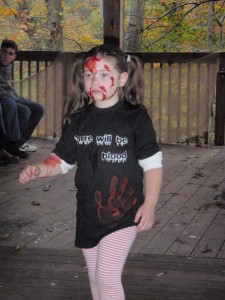 was blood.
was blood.
The autumn trees made a perfectly gloomy backdrop. The witches bewitched and the swordplay thrilled. Befitting the curse of the “Scottish play,” numerous leads fell ill a week before show time (see previous post “What Are We Teaching These Kids”), yet all but one cast member trod the boards. An enthusiastic audience came both days, and the familiar feeling for those of us who participated or watched was, indeed, the feeling of witnessing a small miracle.
This piece, however, is not meant as a review. Both my cameo as the Porter and my longstanding membership in the Theatre Corporation here at school taint my objectivity. Watch our website for more photos. If still intrigued, re-read the play itself! Thinking about the production has refreshed my understanding of the educational milieu here, and has led me once again to the most common activity on campus: play. Paraphrasing something Sudbury Valley staff member and writer Daniel Greenberg once wrote, “play” is any activity where the activity’s outcome is not pre-determined. It can take shape at school as dress-ups, make-believe, knitting, sports, cards, video games, hide-and-seek, and acting in a Shakespearean tragedy. Or maybe it is more nebulous: playing with ideas, joking with your friends, planning a fort, doodling, fooling around on the piano. A paradox is that play looks trivial, but is also a serious activity for our students, a crucial accelerant for growth and development.
One image from Greenberg’s piece that stuck with me was the idea of “play” in a rope. A rope with play has a little slack, right? Watching my colleague Ruth direct MacBeth reminded me of how this notion of play, well, plays out here at Fairhaven. I ran lines one day when the director was absent. Goodness, it seemed to me nobody knew their parts! Fighting my urge to control, I gave gentle reminders and prompts. Later, in classic theater fashion, the dress rehearsal was a mess. Ruth was almost pleased: “Bad dress, good performance.” When the adage proved right-on, I realized that directing theater is so much like working at Fairhaven School. In any good example of work or play, doesn’t the art lie in the lovely line between controlling and letting go?
Staff members draw this line and re-draw it every day on campus. In School Meeting or JC, how much should we dominate the discussion? How much should we hold back? A student needs some support putting on the Talent Show: how much is too much? Somebody has stopped coming to Writing Class: do I encourage her once to keep coming or just let it go?
Students also ask and answer these questions about their lives at school. Some have elaborate schedules and plans; others flow from day to day, capricious. Some free-flowers become planners over time, and some planners learn to go with the flow. The art lies in the lovely line between controlling and letting go. He wrote truth, when Shakespeare wrote, the play’s the thing. Maybe this synchronicity between school dynamic and theater dynamic explains Fairhaven’s incredible run of successful plays through the years. We Theatre Corp members hope th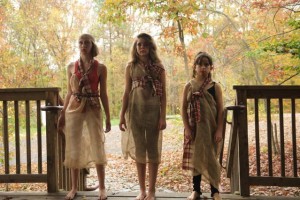 ey continue, knowing one day they may cease.
ey continue, knowing one day they may cease.
All the world’s a stage, and all the men and women merely players.
Mark McCaig
November, 2009
